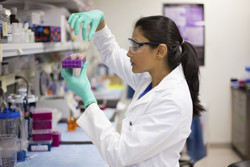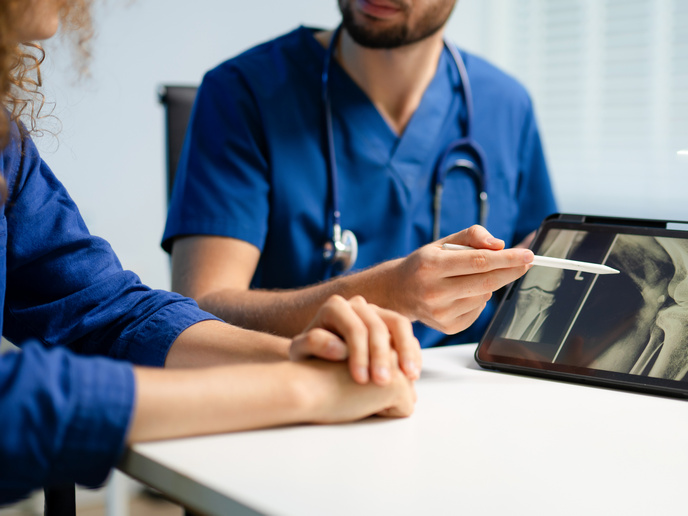Towards novel mucin-based biomaterials
Mucins are high-molecular–weight glycosylated proteins produced by epithelial tissues. Mucins have a strong ability to form gels that serve different functions, from lubrication to chemical barriers. Little is known about the interactions of nutrients, antibodies, viruses and bacteria diffusing through mucin gels to the interior of the body. The project 'Mucin binding to bioactive molecules: Physiological role and new biomaterials' (BIOMUC) is investigating whether mucin gels can be a reservoir for bioactive molecules. If interaction of mucin with bioactive molecules is confirmed, innovative mucin-based biomaterials for drug delivery and tissue engineering applications can be developed. Significant results have already been achieved in this ongoing project, to be completed in 2015. Mucin coatings were proved to have very good cell-repellent properties. Patterned mucin coatings were used to create patterns of cells that were stable for days, a property important for tissue engineering. By deglycosylation of the protein core, the scientists demonstrated that glycans are necessary for cell repulsion by mucins. Mucin/lectin multi-layer films were built and characterised. The films were resistant to high salt concentrations and variations in pH. The films could be dissolved by using soluble sugars competing with lectin in its interaction with mucin-associated glycans. Such films performed well as a sacrificial layer for the release of small patches of polymer from the surface (useful for 'cell backpacks' technology). Finally, 3D mucin hydrogels were developed and characterised. BIOMUC created nanoporous structures that were tested for sustained release of both hydrophobic and hydrophilic drugs. Hydrophilic and positively charged antibiotic polymyxin interacted with mucin hydrogel and was slowly released over a period of one week. Hydrophobic and uncharged anticancer drug paclitaxel was well-bound to mucin hydrogel and showed an even slower release rate. Contrary to that, non-interacting molecules (dextran and poly-glutamic acid) were released rapidly from the gel. BIOMUC results have shown that mucin hydrogels demonstrate good potential for drug delivery. Due to their stability, and repulsion of certain cells and particles, mucins may also be developed for tissue engineering.







